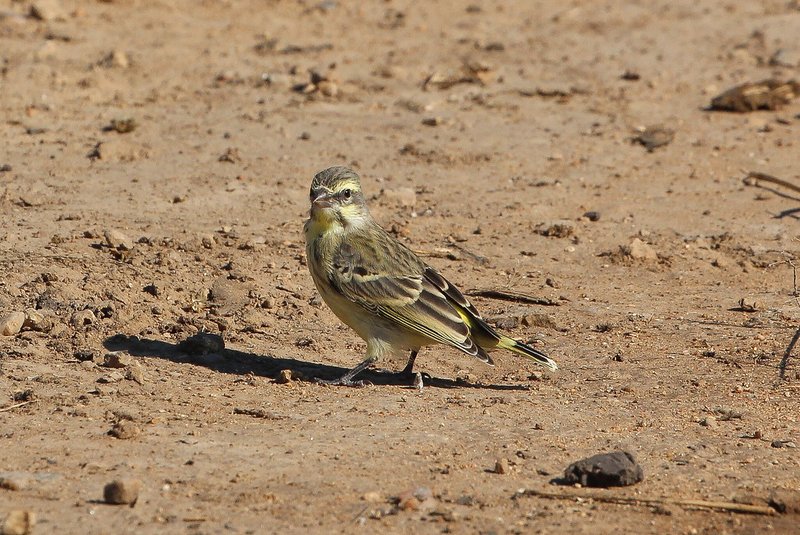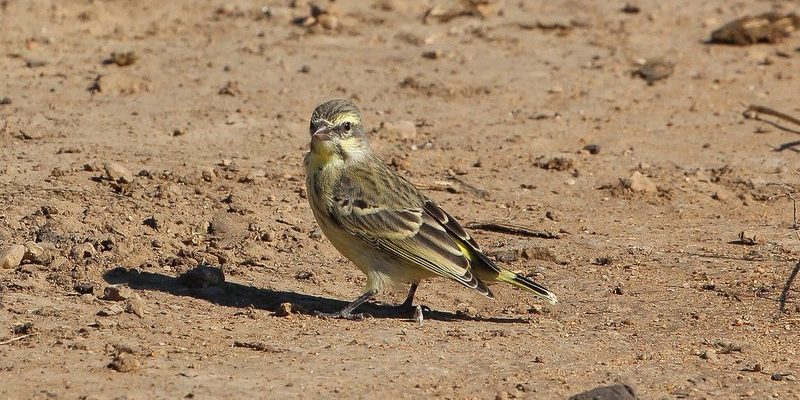
When we talk about conservation efforts aimed at protecting the canary, it feels a bit like being a superhero for a day. It’s not just about saving a cute bird; it’s about nurturing an ecosystem and keeping a part of our natural heritage alive. Let’s dive into how conservationists, local communities, and even you can play a role in ensuring these delightful birds don’t vanish from the skies.
Understanding the Canary’s Habitat
The canary thrives in a variety of habitats, from lush forests to scrublands. Its environment is crucial for its survival. Think of the canary’s habitat as a cozy living room where it needs not just a roof but also furniture, food, and a friendly atmosphere. Unfortunately, urbanization, agriculture, and deforestation are snatching away this living room piece by piece.
Efforts to protect the canary’s habitats focus on maintaining natural areas and preventing overdevelopment. Conservationists often collaborate with local governments to create protected areas where these birds can nest and feed without disturbance. These safe havens help preserve the flora and fauna that are essential for the canary’s survival, ensuring they have plenty of food and safe places to breed.
Another aspect of habitat protection is promoting sustainable practices. For instance, if farmers adapt their methods to be more eco-friendly, they can help keep the canary’s food sources intact. This could be as simple as reducing pesticide use, which not only protects the canaries but also contributes to healthier ecosystems.
Breeding Programs and Captive Breeding
Breeding programs are a lifeline for the canary population. These initiatives essentially act like matchmaking services for canaries, ensuring that healthy birds find partners to reproduce. In some cases, captive breeding programs are set up to help restore dwindling wild populations. Imagine a carefully managed environment where young canaries are raised safely until they’re ready to spread their wings in the wild.
These programs often work closely with wildlife reserves and conservation groups to release canaries back into their natural habitats once they’ve reached maturity. It’s a bit like sending your child off to college—there’s hope and nervousness, but everyone is rooting for success. These releases are monitored to track the birds’ adaptation and survival in the wild, which helps inform future conservation strategies.
Furthermore, education plays a crucial role. Visitors to breeding facilities often learn about the importance of these birds and the ecosystems they inhabit. Raising awareness about the canary’s plight inspires more people to get involved in conservation.
Legislation for Protection
Laws and regulations are essential in the fight for canary conservation. Think of legislation as a shield, protecting these birds from various threats. Many countries have implemented laws that protect natural habitats and regulate hunting. These measures are critical in ensuring that canary populations don’t dwindle further.
In the European Union, for example, the Birds Directive helps protect avian species and their habitats. This legislation mandates that member states create conservation measures to safeguard birds like the canary. By enforcing these laws, governments can prevent actions that might harm the birds, such as unchecked development and habitat destruction.
Moreover, local governments often run initiatives to educate communities about the importance of canaries and the need for conservation. When people understand why these birds matter, they’re more likely to support protective measures and get involved in local conservation efforts.
Role of Local Communities in Conservation
Local communities are the heartbeat of conservation efforts. They know their environment best and are often the first to notice when something is amiss. Engaging communities in conservation not only empowers them but also creates a sense of ownership over their natural surroundings.
One effective method is community-led conservation projects, where locals work together to restore habitats or monitor canary populations. This grassroots approach helps build a collective identity around protecting the canary. You could imagine a group of villagers working side by side, planting native trees that provide shelter and food for the birds.
Additionally, education programs in schools can foster a love for nature from a young age. Children who learn about the canaries and their environment are more likely to grow into adults who care about conservation. This ripple effect can lead to sustained efforts to protect their feathered friends.
Awareness Campaigns and Fundraising
Raising awareness around the plight of the canary is crucial. Conservation organizations run campaigns to educate the public about the importance of these birds and the threats they face. Think of it as turning up the volume on a song nobody knew was playing.
Social media campaigns, community events, and educational workshops are just a few ways organizations spread the word. By sharing stories of canaries and highlighting conservation efforts, they inspire people to get involved, whether through volunteering or donations. Fundraising events like charity runs or auctions can bring in significant funds needed for conservation projects.
Every little bit helps. Even small donations can contribute to larger projects, like habitat restoration or breeding programs. When people come together to support a cause, it creates a powerful force for change.
How You Can Help
You might be wondering what you can do to help protect the canary. Fortunately, there are several simple actions anyone can take. Every contribution counts, no matter how small.
1. Educate Yourself and Others: Start by learning more about the canary and its ecosystem. Share that knowledge with friends and family. The more people who understand the bird’s importance, the more support there will be for conservation efforts.
2. Support Conservation Groups: Consider donating to organizations that work specifically to protect canaries and their habitats. Your support enables them to continue their crucial work.
3. Participate in Local Events: Get involved in local conservation efforts, whether through volunteering, attending workshops, or participating in community clean-up days. These actions can make a significant difference.
4. Advocate for Wildlife Protection: Contact local representatives to express your support for legislation and initiatives that protect canaries and their habitats. Your voice matters in shaping policies.
In the grand tapestry of life, each thread counts—even the delicate strands of a canary’s song. Conservation efforts aimed at protecting the canary are essential, not just for the survival of this beautiful bird, but for the health of our ecosystems. By understanding its habitat, supporting breeding programs, and advocating for legislation, we can all play a part in ensuring these vibrant creatures thrive for generations to come.
Remember, conservation isn’t just about saving one species; it’s about preserving the intricate balance of nature that supports us all. So, whether you decide to spread the word, volunteer, or simply appreciate the beauty of nature around you, know that you’re contributing to a brighter future for the canary and our planet.

